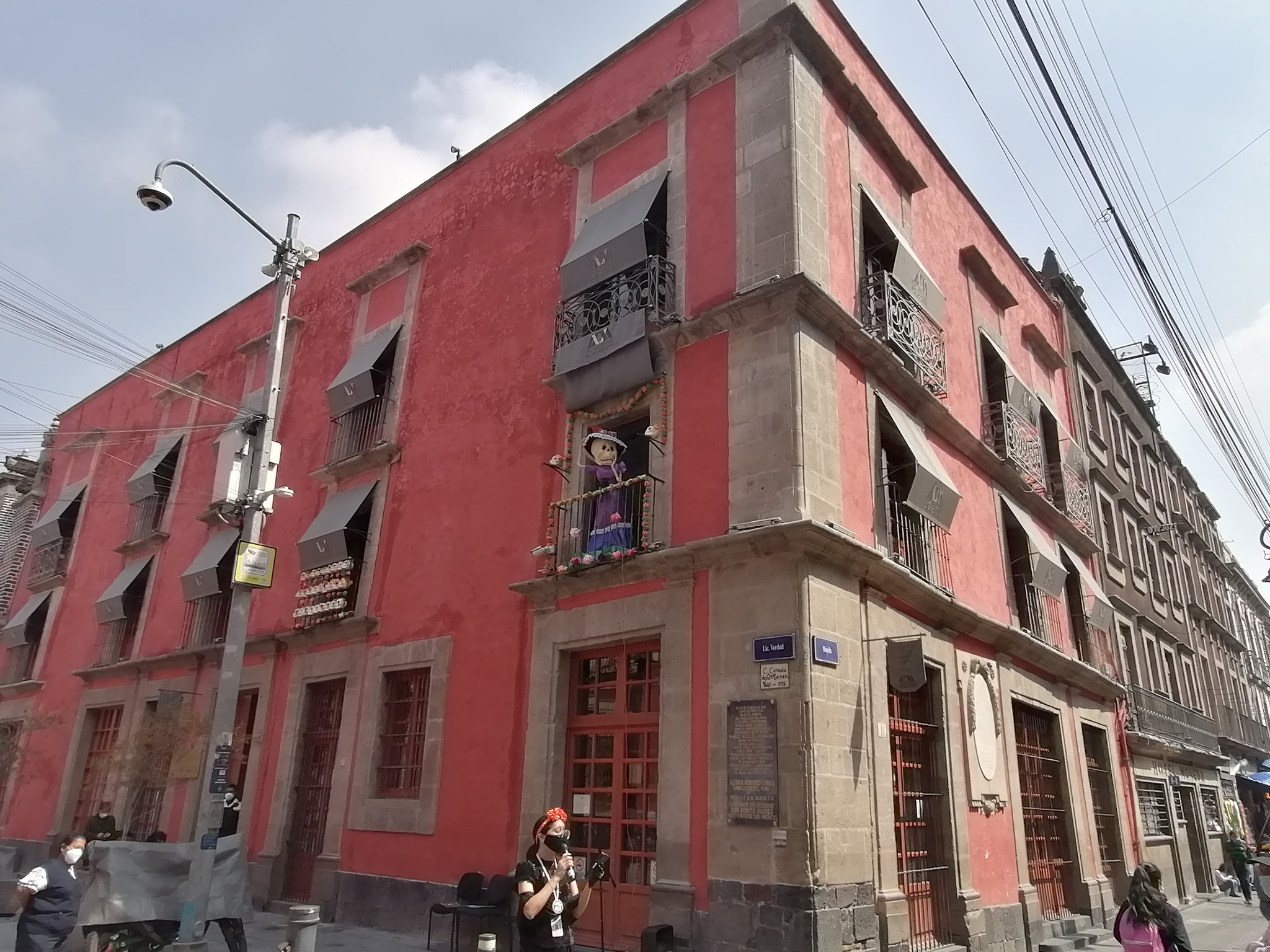

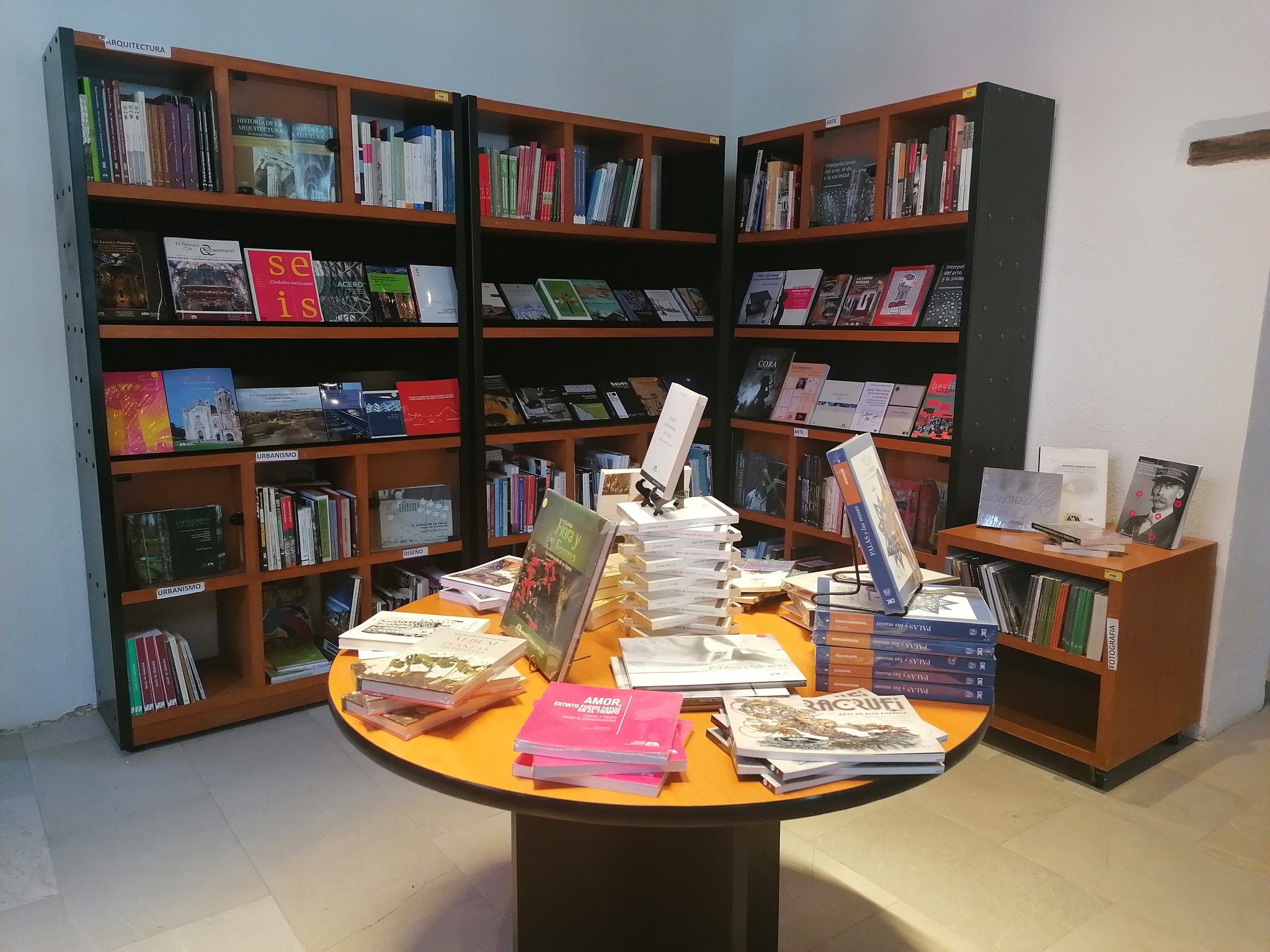
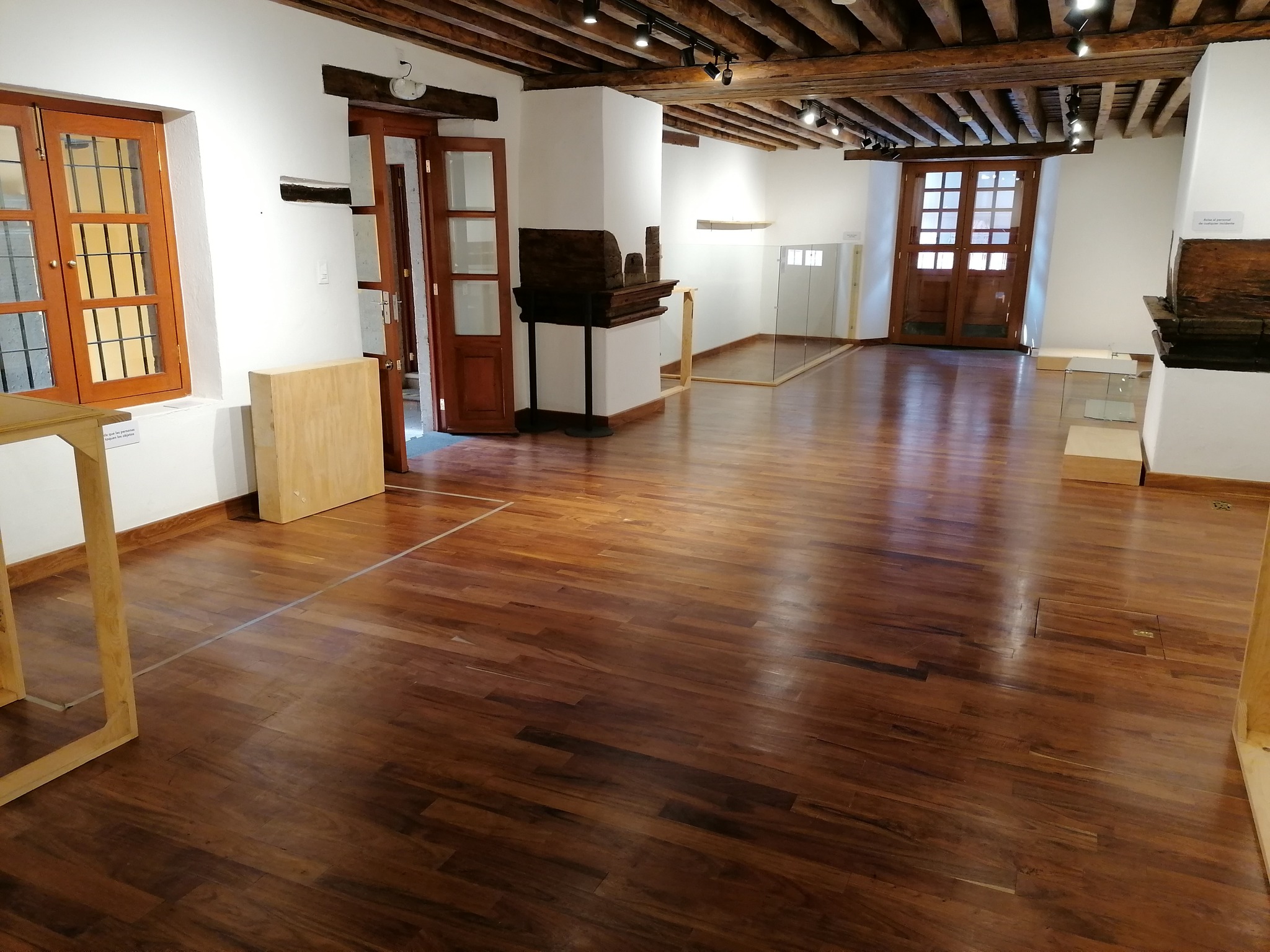
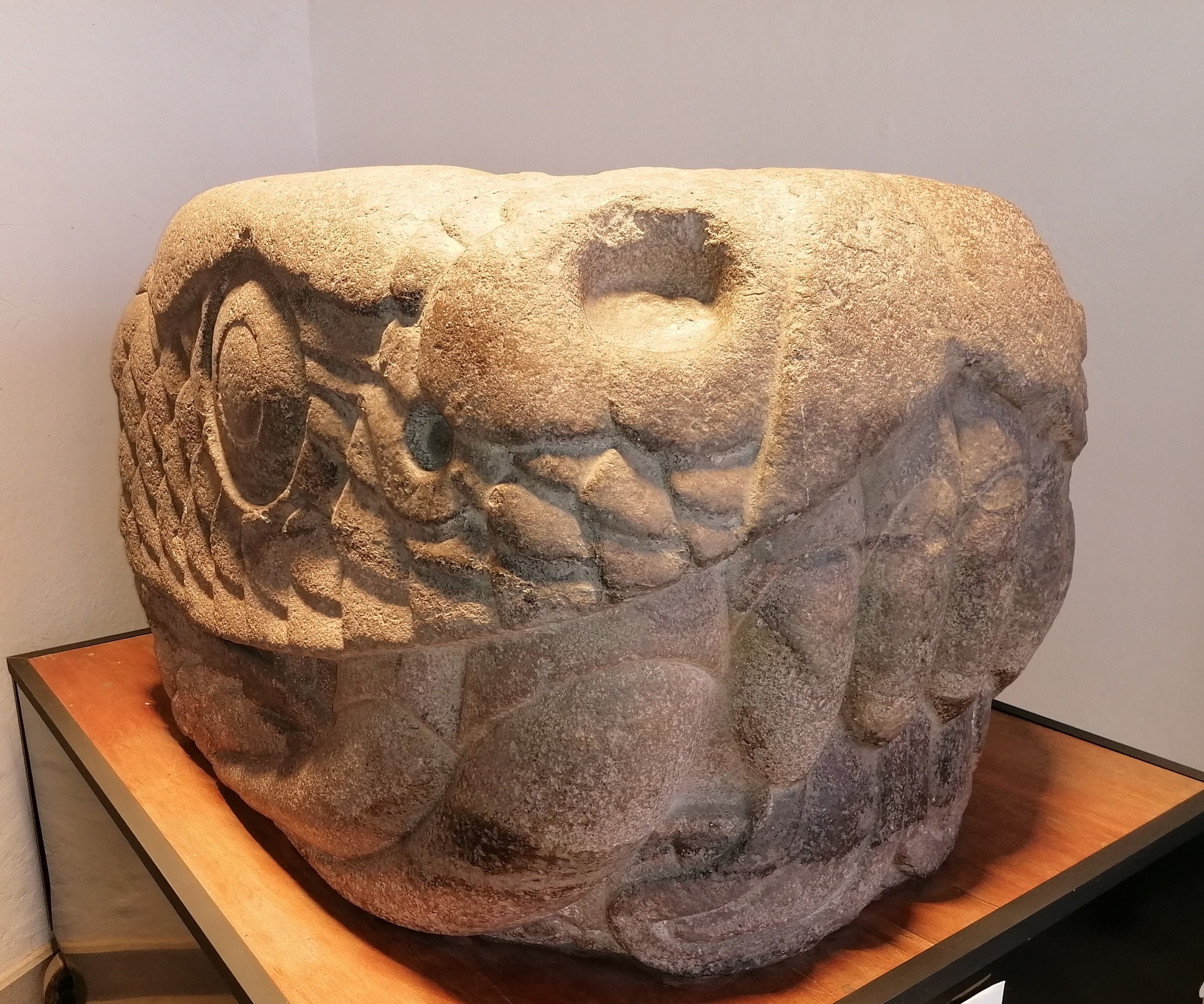
 From 1539 to 1548, the house served as the print shop of Juan Cromberger, a Sevillian printer who had the privilege of opening an office in New Spain and producing the first books in the Americas. In this same house, the first bells for the Cathedral were cast. Thus it retains the name Casa de las Campanas and today it's occupied by a Cultural Center run by the Universidad Autónoma Metropolitana.
From 1539 to 1548, the house served as the print shop of Juan Cromberger, a Sevillian printer who had the privilege of opening an office in New Spain and producing the first books in the Americas. In this same house, the first bells for the Cathedral were cast. Thus it retains the name Casa de las Campanas and today it's occupied by a Cultural Center run by the Universidad Autónoma Metropolitana.
Heart of México Walking Route: Moneda - Santísima
< < Palacio del Arzobispado | Palacio de la Autonomía > >
Proyecto “Corredor de Cultura Digital”.
Nombre de la investigación: Investigación Centro Histórico, Monumentos, Edificios y Puntos de Interés (2023)
Dirección de investigación y diseño de Rutas: Acércate al Centro A.C. Guadalupe Gómez Collada
Coordinación e investigación histórica: Fideicomiso del Centro histórico Dir. Maestra Loredana Montes
 igcarrion@correo.uam.mx
igcarrion@correo.uam.mx
 55 5522 1535
55 5522 1535
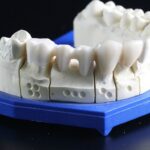
Nearest at 0.03 kms.
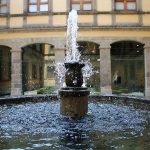
Nearest at 0.04 kms.
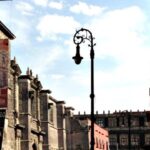
Nearest at 0.04 kms.
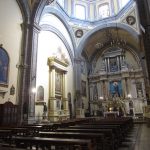
The first target of the counter-reformational Academy of Art . . .
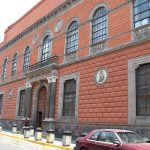
The first Academy and Museum of Fine Arts in the Americas...
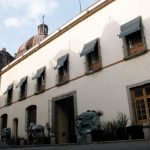
The former Santa Inés Church & Convent provides some lively competition on a City Center street.
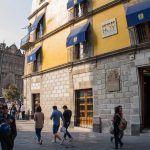
A museum dedicated to one of the oldest institutions in the hemisphere and its long role in Mexico City.

One of the leading museums of art in the country, the SHCP resulted just from tax payments - in art!